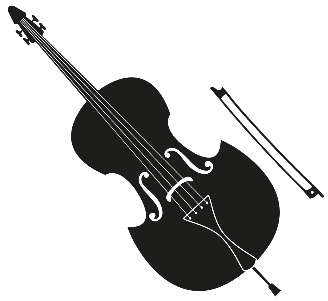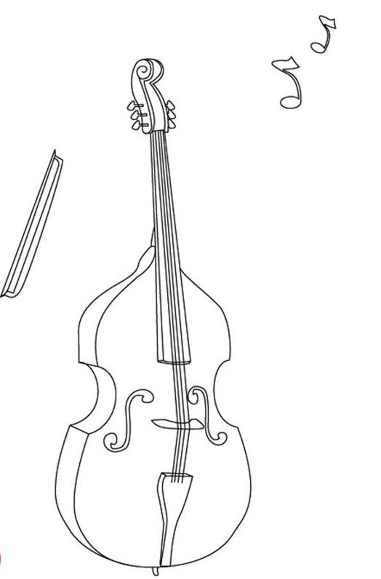
The double bass is the largest and deepest instrument in the “bowed string” family. A family to which the cello, viola and violin also belong. Unlike them whose four strings are tuned in fifths, the double bass is tuned in fourths.
Originally present in Europe as early as the 16th century, it is the successor to the violone and the viola contrabass. In this period, it has three to six strings. In the 19th century, most double basses had three strings. From the 20th century onwards, the lowest string was added and the four-string double bass came to the fore.
Instrument sometimes unknown to the general public, the double bass is nevertheless one of the pillars of the symphony orchestra, just as it is in many jazz and contemporary music ensembles, and more “popular” music such as rockabilly, Argentine tango, folk, French-language text song… Indeed, it plays a very important role, both rhythmically and harmonically. In a way, it supports the other musicians. Its accompaniment in music can be done by “pulling” the strings with the fingers: what is called “pizzicatis”, or “pizz”; or by rubbing a bow on the strings: that arched wooden stick where a wick made of horsehair is held.
Thanks to advances in violin making, there are now double basses in miniature versions, which will sound as low as a large double bass: “1/8ths” and even “1/16ths”, which makes it possible to start learning at a very early age, as early as 6-7 years.
A little anecdote: Musicians have taken to familiarly calling the double bass “the grandmother.”


Professor of the émr: Bérénice Lallemant
Class on Wednesday afternoon
